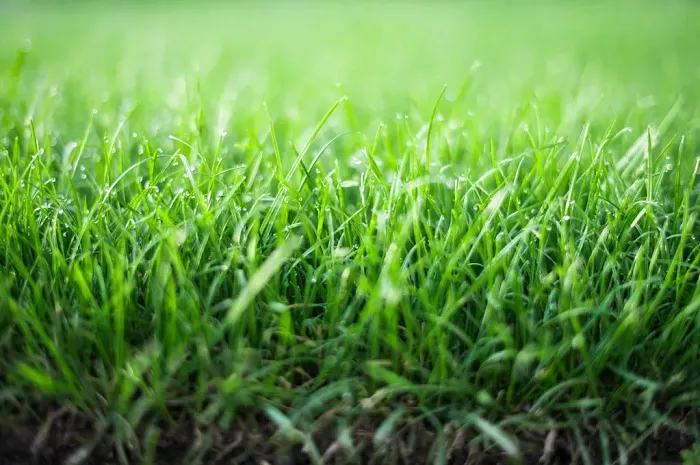As a heatwave finally graces the UK, many families are eager to fire up their barbecues and enjoy the sunny weather. However, for gardens, particularly lawns, the prolonged hot and dry conditions can be quite challenging.
For many in the UK, the lawn is the centerpiece of their garden, with gardeners often striving to maintain immaculate, lush green grass. However, with a “medium” risk of drought reported for the upcoming summer, lawns may suffer, turning yellow or brown.
In a country typically known for its rainy and grey weather, many green spaces are not well-equipped to handle drought conditions. This leaves some gardeners disappointed as their lawns deteriorate in the heat.
“I think in England and around the world, particularly in America, we have this obsession with keeping lawns very green and healthy, but with the huge amounts of water usage required, it’s an unsustainable model,” said one expert.
If these signs appear, James advises gardeners to stop mowing the lawn to allow it time to recover. “Grass growth slows down in dry conditions, so cutting it close can weaken the grass and make it more vulnerable,” he explained. “Mowing less and raising the cutting height will encourage deeper rooting, helping the lawn recover more easily from drought or heatwaves.”
Cameron, another expert, encourages gardeners to “relax” when it comes to browning lawns. “Allow for natural cycles to take place. If your lawn suffers during a drought, it will regenerate once the rains return,” he said. James agreed, noting that well-maintained grass will regrow once it rains.
Heatwaves and droughts can also lead to hosepipe bans, making water conservation crucial. James recommends setting up rainwater collection systems, such as rain butts, rain chains, ponds, and bird baths, to ensure sustainability and mitigate the effects of dry conditions.
While lawns can be water-thirsty, James warns against overwatering, which can reduce grass’s drought tolerance. If watering is necessary, it should be done no more than once a week, preferably in the early morning or mid-afternoon. Watering at night can encourage disease by creating an environment for fungus and bacteria to grow.
For those seeking a more sustainable lawn option, Cameron suggests a clover lawn. Clover lawns are soft, cushiony, and drought-resistant. “In periods of hot and dry weather, traditional grassy lawns may brown off, but a clover lawn fares much better,” he explained. Clover lawns also drastically reduce or eliminate water usage, offering a greener alternative.


